The Twenty20 Cricket World Cup
Wednesday, 10th June 2009 by RobK
Ah, the English summer: Pimm's on the lawn, sandcastles on the beach, socks inside sandals, and the gentle sound of leather on willow. Yes, along with tennis, the nation's sporting thoughts at this time of year turn to cricket - and, this month, to the Twenty20 World Cup.
Cricket mystifies many people from outside the former British Empire1. Quite apart from its arcane terminology (googlies and doosras; backward short leg and silly mid off), some struggle to see the appeal of a game where you can play for five days and still end up with a draw.
In recent years though, a new and - dare we say it? - more exciting form of the game has become increasingly popular. In Twenty20 cricket, as the name suggests, each side bats for only 20 overs2 and essentially just tries to slog the ball for as many runs as possible. Purists complain that this takes all the finesse out of the game and could spell the death of Test cricket3, but many fans are just happy to be able to watch a complete match without having to take a week off work...
2009's Twenty20 World Cup, the second in the event's history4, is being contested by 12 nations at three venues in England, two of which are in London. First up is Lord's, where the final will be held on June 21.
Often called "the home of cricket", this is the headquarters of the world's oldest cricket club, the MCC5. The current location, which dates from 1814, is actually the third incarnation. Thomas Lord built his first ground in the area in 1787, near the site of present-day Dorset Square, then a second which had to be abandoned due to the building of the Regent's Canal.
It looks as if there was a match being played on the day the Street View car drove past Lord’s, judging by the marshals and crowds. Let's hope those big black clouds went away!
We head south of the River Thames for our next venue: The Oval, or, to give it its proper corporate-sponsored name, The Brit Insurance Oval.
This ground dates from 1845 and in 1880 became the first venue in England to hold a Test match (England v Australia). Two years later, after Australia beat the home nation at The Oval, a mock newspaper obituary mourned the death of English cricket, stating "the body will be cremated and the ashes taken to Australia"; to this day the two nations compete for The Ashes.
The Oval hasn't always hosted cricket though: the first ever international football6 match took place here in 1870 (England v Scotland), and all but one of the first 20 FA Cup finals were held here. Despite being in the London Borough of Lambeth, The Oval is the home ground of Surrey County Cricket Club.
Street View doesn't show too much of the ground itself, but one of the large gasometers to the north, a well-known landmark associated with the venue, is clearly visible.
The last of our three locations is a hundred miles or so to the north, in Nottingham. Trent Bridge is the home of Nottinghamshire County Cricket Club and takes its name, unsurprisingly, from the adjacent bridge which carries the main London road over the River Trent.
Cricket has been played on the site since the 1830s, when Nottinghamshire's club captain married the landlady of the Trent Bridge Inn, and set up a ground in the meadow behind it. The impressive pavilion was built in 1886 and served as a military hospital during the first world war. It can be seen in Street View, but only end-on.
Also on view are the smart new stands and floodlights that were completed last year. A rather less lovely landmark of the ground is the ugly office block that was built after a corner of the ground was sold off in the 1960s.
If you haven't learned enough about cricket yet, you can read more about Lord's, The Oval and Trent Bridge at Cricinfo.
-
And inside it, for that matter. ↩︎
-
An over consists of six deliveries of the ball. ↩︎
-
Considered the most prestigious form of cricket, Test matches are the aforementioned five-day international marathons. ↩︎
-
The first was held in 2007 in South Africa. ↩︎
-
Although Lord's is not the oldest cricket ground. That title reputedly goes to Mitcham Cricket Green in south London. ↩︎
-
Or soccer, if you insist. ↩︎
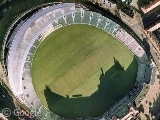
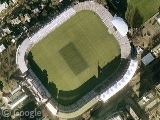


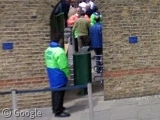
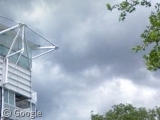

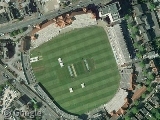
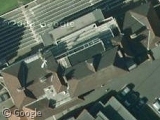
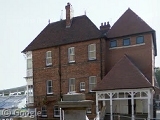
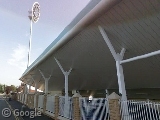
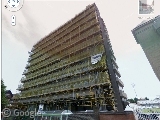

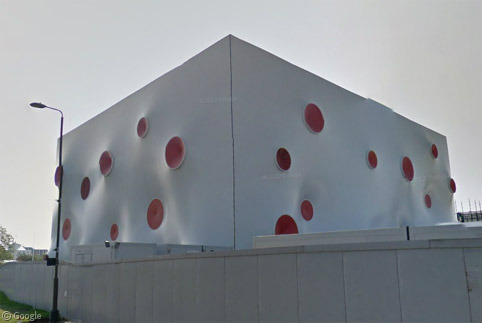
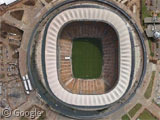

Netherlands beats England? – Twenty20 is not cricket!
Cricket is very simple. It is played between two sides – one out and the other in. The side that’s in goes in and the side that’s out goes out and tries to get each man in the side that’s in, out. When the side that’s in is out, then the side that’s been out goes in and the side that’s been in goes out, and tries to get the side coming in out. Each man in the side that’s in goes in until he’s out. When both sides have been in and out, including the not-outs, that’s the end of the game.
Reading this post has given me a headache. A massive googly sized headache. No idea what you all are talking about, and yet we appear to be speaking the same language.
20:20’s like stopping a chess game when the first pawn is taken. The ability to break a bowler to the point where you can drive him tho the four corners of the universe is the 20:20 game: balancing that with the ability of a bowler to dispose of the best batsman by a contrasting series of balls is the Test game. Any twit can belt a ball if it doesn’t matter taking a chance on being caught.